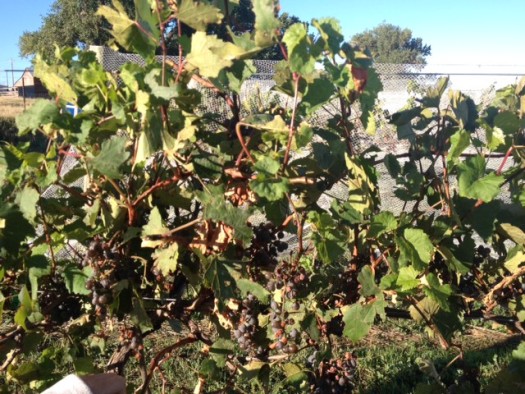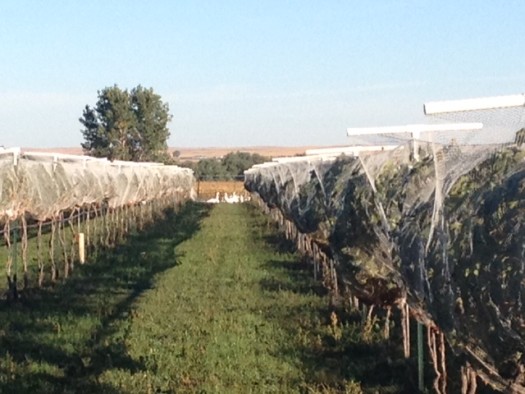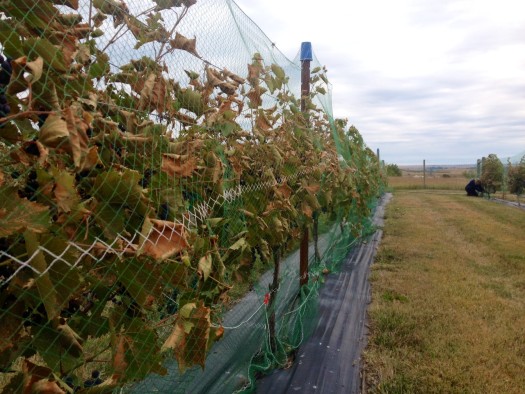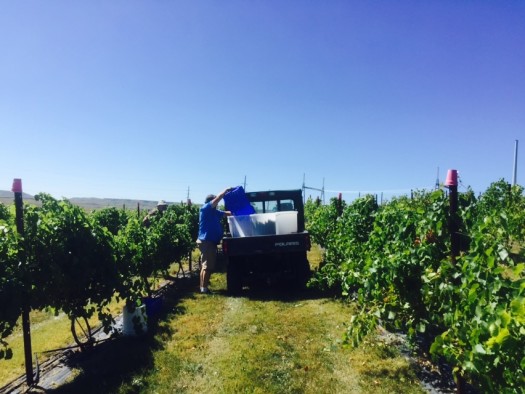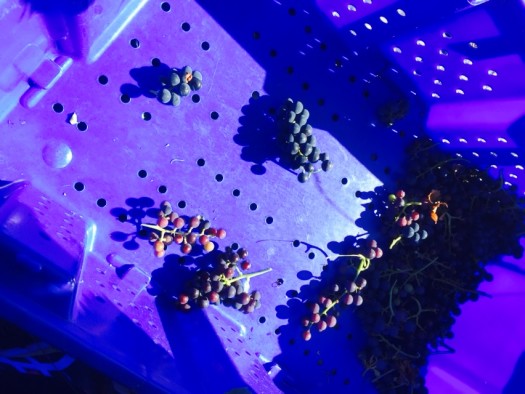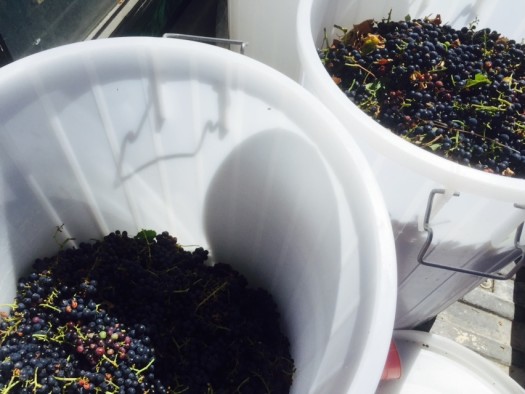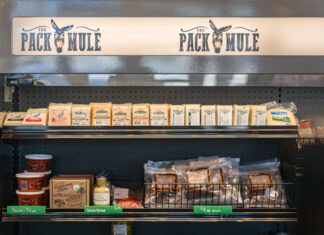By Kara Sweet
The sun rises over the mountain, sending golden rays onto the white-barked Aspen trees. Their orange and yellow leaves flutter in the air as the warm breeze rustles through the valley. The temperature is perfect for shirt sleeves in the afternoon, the Goldilocks of all days: not too hot, not too cold.
This is Indian summer in the Black Hills of South Dakota, revered by all who live here, mostly because they understand the fleeting nature of such perfect fall weather. And just in case residents forget how short-lived this gorgeous weather can be, Mother Nature likes to reminder them every now and again.
October 3, 2013, she reminded with Atlas, the blizzard that dumped well over forty inches of snow in the Black Hills, breaking trees, suspending power, and killing cattle all over the area.
September 11, 2014, Mother Nature showed again who was boss when she dropped several inches of snow around the area, the earliest snow fall in over one hundred years.
Black Hills and South Dakota residents don’t enjoy this, but they do learn to tolerate the crazy weather. Farmers and ranchers whose families have dealt with this for generations are surprised little by what Mother Nature throws their way. However, a new generation of farmers is learning the fickle ways of Mother Nature’s love. Grape growers are the new kids on the farming block, learning to play the hand weather deals them.
Two years ago when Atlas reared its ugly head, Mike and Marnie Gould at Old Folsom Vineyards outside of Rapid City (growing grapes for Firehouse Wine Cellars), had already harvested nearly 10,000 pounds of grapes. The Goulds grow hybrid varieties, new species of vines creating by “mating” other types of grapes together in the good, old-fashioned way of plant “sex.” These grapes are generally ready to pick in mid-September. This timing is often impeccable, especially during years like 2013. Mike had Old Folsom grapes off the vines, and the vines ready for winter’s deep freeze, just in time to be smothered in snow.
Matthew and Choi Jackson, on the other hand, weren’t so lucky that year. Matthew had already led the harvest of his white grapes outside of Belle Fourche at the end of September. He was letting his red Marquette grapes hang on the vines longer. The pick was actually planned the Saturday of Atlas, when all roads in the Northern Hills ended up closed. No one was getting to the vineyard that day. When roads reopened two days later, Matthew took a small crew to get the grapes as soon as possible before the fruit froze or was diluted with too much water.
Though 2013 is an extreme example, grape growing is not for the faint of heart, especially in South Dakota. The next fall, 2014, experienced an early hard freeze and September snow storm. Also not the ideal conditions for grape harvesting.
True, grape growers all over the world have the same fears: spring freezes, summer hail, bird damage, fungus growth, and fall frost. Often times these conditions are magnified in our climate. For instance, this season wasn’t the freezing temperatures or snow at harvest that caused anxiety, it was the summer that wreaked havoc on grapes.
A late freeze in May did damage to the young leaves and buds. June brought three separate and destructive hail events, followed by double the amount of rainfall of a normal summer. Old Folsom vines had just experienced florescence, when small flowers form that grow into tiny BBs that turn into full-size grapes. Hail pounded these flowers, in essence killing the future grapes on most of Mike’s vines. By harvest, merely 734 pounds of Marquette grapes were viable. This is only eight percent of the normal amount. Even this small amount of Marquette was better than the white grapes, LaCrescent and Frontenac Gris. Because these vines were a little ahead in growth, the hail didn’t take nearly ninety percent of the crop, it devastated all. Mike harvested absolutely no white grapes this year.
Further north at Jackson’s Belle Joli vineyards, hail also decimated the entire LaCrescent yield. Matthew’s canopy management—the pruning and training of the vines and leaves that covers and protects the grapes—saved almost ninety percent of Belle Joli’s Marquette. Over forty tons of grapes were still harvested this season, with no snow or sub-freezing temps to worry about during the picking.
The best news is that weather issues can affect quantity, but they do not affect quality. It is clear that successful vintages can be grown here. It just means that growers need to use their strengths to overcome the weaknesses climate creates. The Goulds and Jacksons do not have the fear of grapes getting overripe here—and yes, this is a real concern in hot growing areas such as southern Spain or inland California, where fruit that is too ripe makes wines that taste “cooked” or “stewed.”
Grape “ripeness” is often assessed based on sugar content in the fruit, called brix. The higher the brix, the more sugar in the grape. Sugar content will get quite high here, but hybrid grapes (used almost exclusively by growers in the Midwest) are also very high in acid. The longer a grape hangs on the vine, the higher the sugar gets, but the lower the acid becomes. Mike and Matthew usually let the fruit hang longer for the acid level to drop to an acceptable state, a state that, when mixed with the higher sugar content of the grape, creates a very balanced wine.
Belle Joli and Old Folsom Vineyards generally do not have to worry about mildew or rot like other growing regions, due to the usually dry summers here—except this year. Their concern is in winter vine health. To take the plants from the harsh summers with hail into the unforgiving winters with cold, Mike applies calcium, magnesium, and potassium to grow a vigorous vineyard for the next summer…a vineyard ready to take whatever Mother Nature may have in store.
The growing of the grapes is definitely the hard part. Picking them is often much easier—storms like Atlas notwithstanding. First, the bird nets covering the plants must be removed. This usually involves some crawling around under the vines to release the clips holding the netting in place during the months when grapes grow large enough to attract the birds.
After the nets are collected by a tractor running between the rows, both growers use manual labor to pick all the fruit. The most efficient method involves a pair of pickers—one on each side of the vine—working with a clipping tool to cut the cluster of grapes. Depending on the management of the canopy, pickers might stand for fruit that is trellised higher or sit (on a step or five-gallon bucket) for fruit trellised lower. So much moisture, like this season, creates a thick leaf cover, so pickers need to ensure they comb through the foliage to find all the grapes hiding on the vines.
After harvesters find and cut clusters, they drop the bundles into plastic bins. These smaller bins are then dumped into larger vats, and the larger vats eventually make their way back to the winery for processing. This process is then repeated vine after vine, row after row, until all the viable grapes are collected and sent to the winery. Though the actual wine-making starts at this point, the months of work in the vineyard beforehand are where bottles of wine actually begin.
The fall of 2015 in the Black Hills of South Dakota has been truly beautiful. The temperatures have been flawless, the fall colors have been stunning, and the snow has been absent—all qualities that make residents thankful, especially after the last two years.
Like farmers and ranchers have for decades, grape growers are learning to rejoice in these perfect Indian summers that let them worry about other seasons of the year for their crops instead of now. Old Folsom Vineyards and Belle Joli growers can breathe a sigh of relief because the Goldilocks of all falls continues to shine on them. At least for now, there is no snow, no frost, no concern. Matthew Jackson and Mike Gould just have to sip on a glass of wine and wait…and wonder what Mother Nature will give them next.
Related:
By Its Cover: Trends in Wine Labeling
Jerry Lohr Brings South Dakota Value to California Wine Making
Sweet Sommelier Summer Vacation: No Whining in Wine Travel
Summer, Summertime! Top Ten Black Hills Patios
Serious Side of South Dakota Wine
Celebrate Yourself! Wine and Chocolate Pairings for Valentine’s Day



